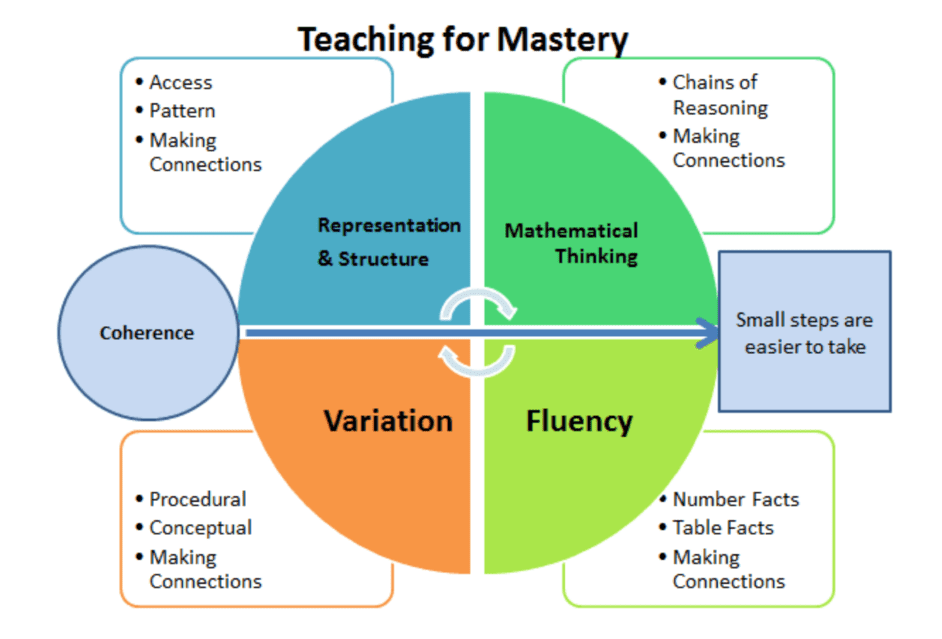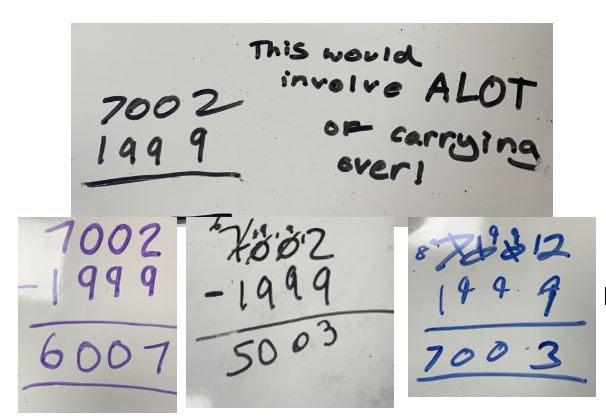As the Football World Cup 2022 has just begun in Qatar with a thumping 6-2 win to England, I thought it would be fun if I investigated some of the important numbers that make up this and previous World Cups. I hope you enjoy the list that I was able to put together.
$229 billion: The estimated cost Qatar is spending to host the World Cup. It includes building seven new soccer stadiums, a metro link connecting the stadiums, an airport, hospitals, hotels and shopping malls. By comparison, Russia spent $11.6 billion to host the 2018 World Cup.
$17 billion: The estimated revenue increase Qatar will get for hosting the World Cup. FIFA is expected to generate $7 billion in revenue.
3 million: The number of World Cup tickets sold. The top 10 ticket buyers by country are: Qatar, United States, Saudi Arabia, England, Mexico, United Arab Emirates, Argentina, France, Brazil and Germany.
2.8 million: The population of Qatar, making it the least populated country to host the World Cup.
1.2 million: Qatar estimates 1.2 million visitors during the World Cup tournament. They expect 1,300 daily flights throughout the World Cup. The Ministry of Health announced a negative COVID test is no longer needed to enter the country.
4,468: The size of Qatar in square miles. Qatar is the smallest country ever to host the World Cup.
209: The number of countries that are FIFA members.
84: The average high temperature (in Fahrenheit) in Qatar in November. In December, the average high temperature cools down to 75 degrees Fahrenheit. When the World Cup final typically is in July, the average temperature is 106 degrees Fahrenheit.
32: The number of countries competing in the 2022 World Cup. There are 64 total matches. In 2026, when the United States, Mexico and Canada are hosts, the tournament will expand to 48 countries – its largest field ever with 80 total matches.
26: The number of players on each roster, up from 23 in previous World Cups. The extra demands of squeezing in a World Cup in the middle of the club season is one of the reasons cited.
25: The average age of the USA team; the youngest of all 32 World Cup squads.
17: The record number of players from Bayern Munich that are playing in the World Cup. They will be competing on eight different teams. Manchester United had 16 players in 2018 as did the South Korean Seoul Army Club in 1954.
16: The number of World Cup goals that Giroslav Klose of Germany has scored. This is more than any player. Klose played in the 2002, 2006, 2010 and 2014 tournaments.
13: The number of European nations competing in the World Cup more than any other continent. They are Germany, Denmark, Belgium, France, Croatia, Spain, Serbia, England, Switzerland, Netherlands, Poland, Portugal, Wales.
8: Only eight countries have won the World Cup: Brazil, Germany, Italy, Argentina, France, Uruguay, Spain and England. Mexico has qualified for 16 World Cups without ever winning the tournament.
5: The number of World Cup titles won by Brazil, more than any other nation. Brazil is also the only country to have participated in every World Cup. Brazil has also qualified in more semi-finals matches (11) than any other nation. Germany and Italy have won four titles each.
3: The number of World Cup titles won by Pelé more than any other player. Named the greatest soccer player of the 20th century, Pelé was a member of Brazil’s World Cup championship teams of 1958, 1962 and 1970. 20 players have won two World Cup titles.
If you have any other interesting numbers regarding the World Cup, please feel free to pass them on.
Mr S Cheal
Mathematics Department































